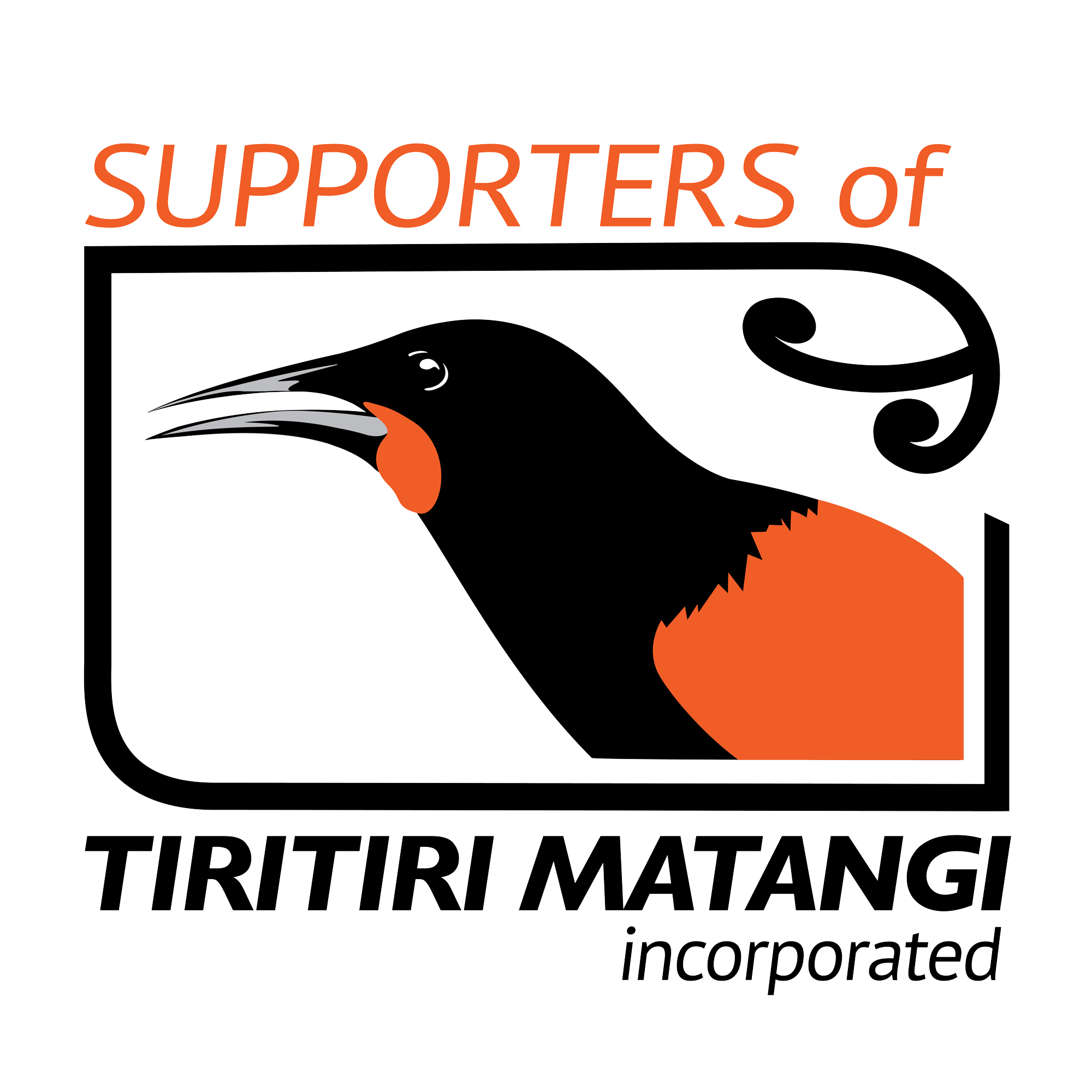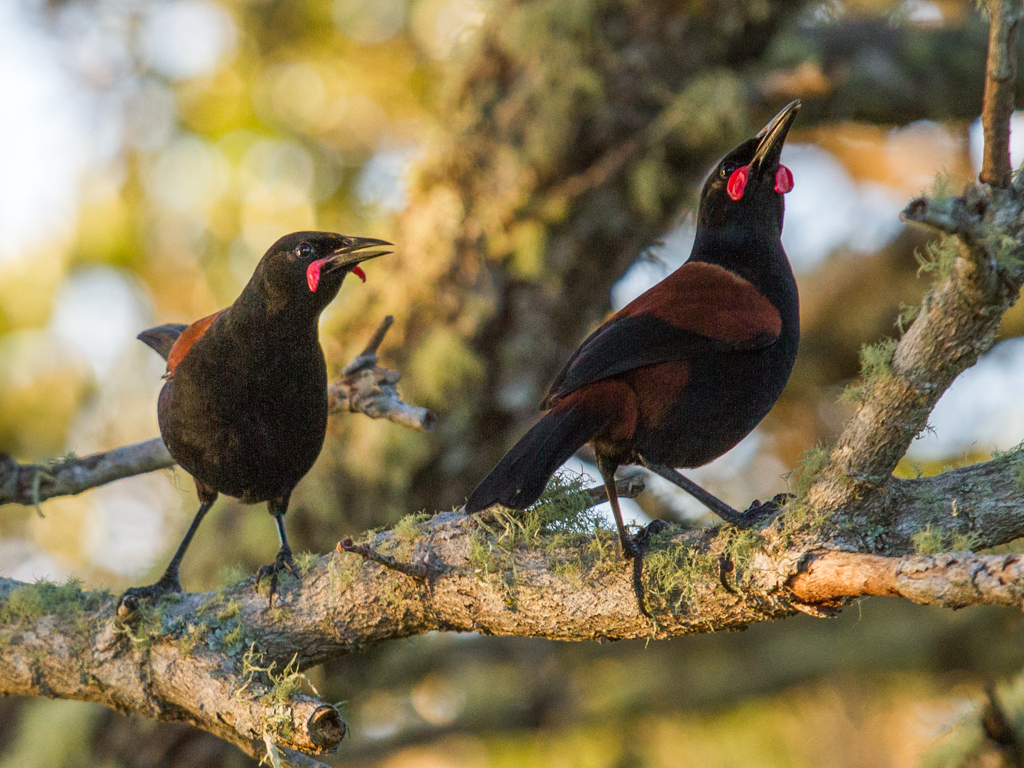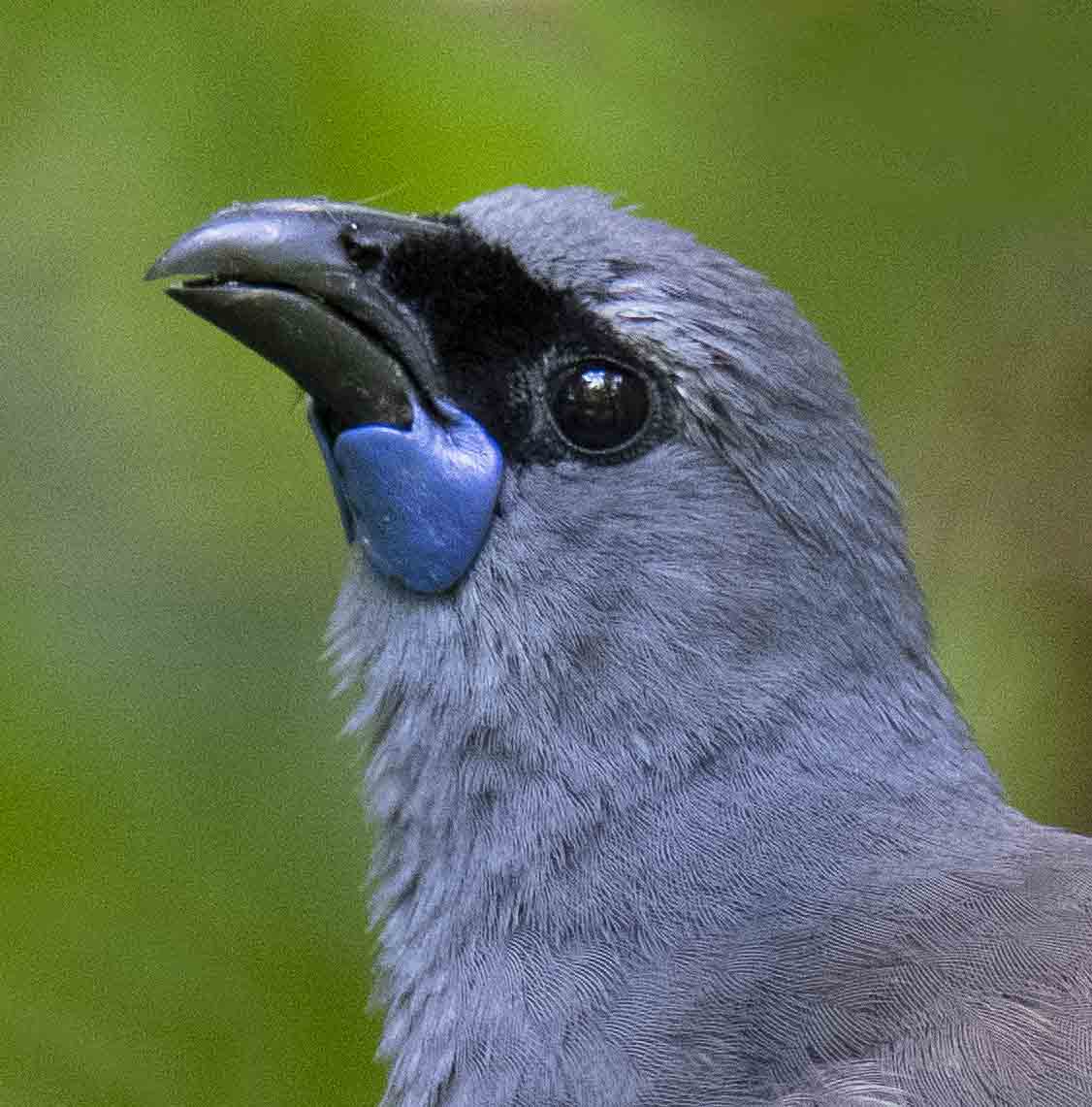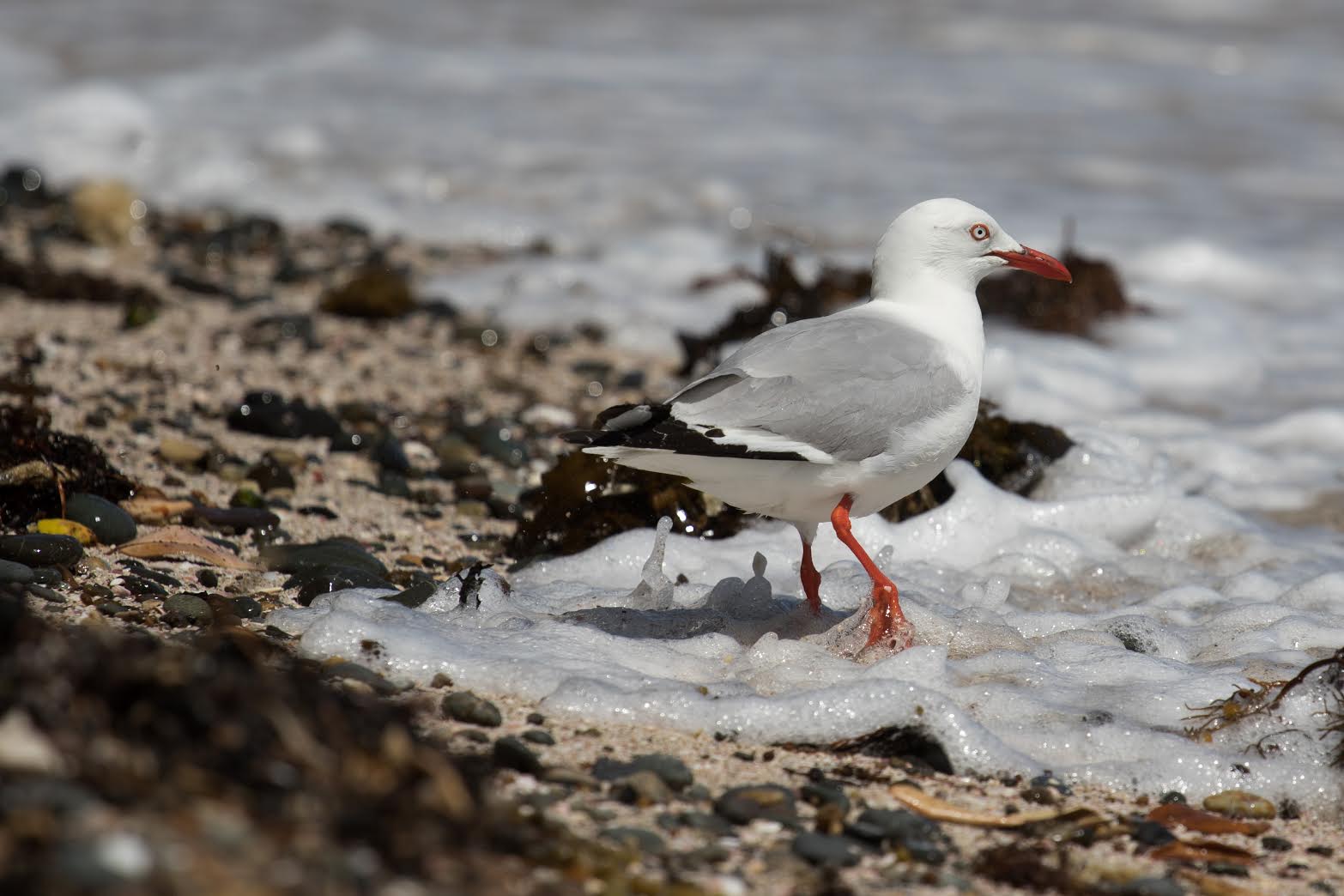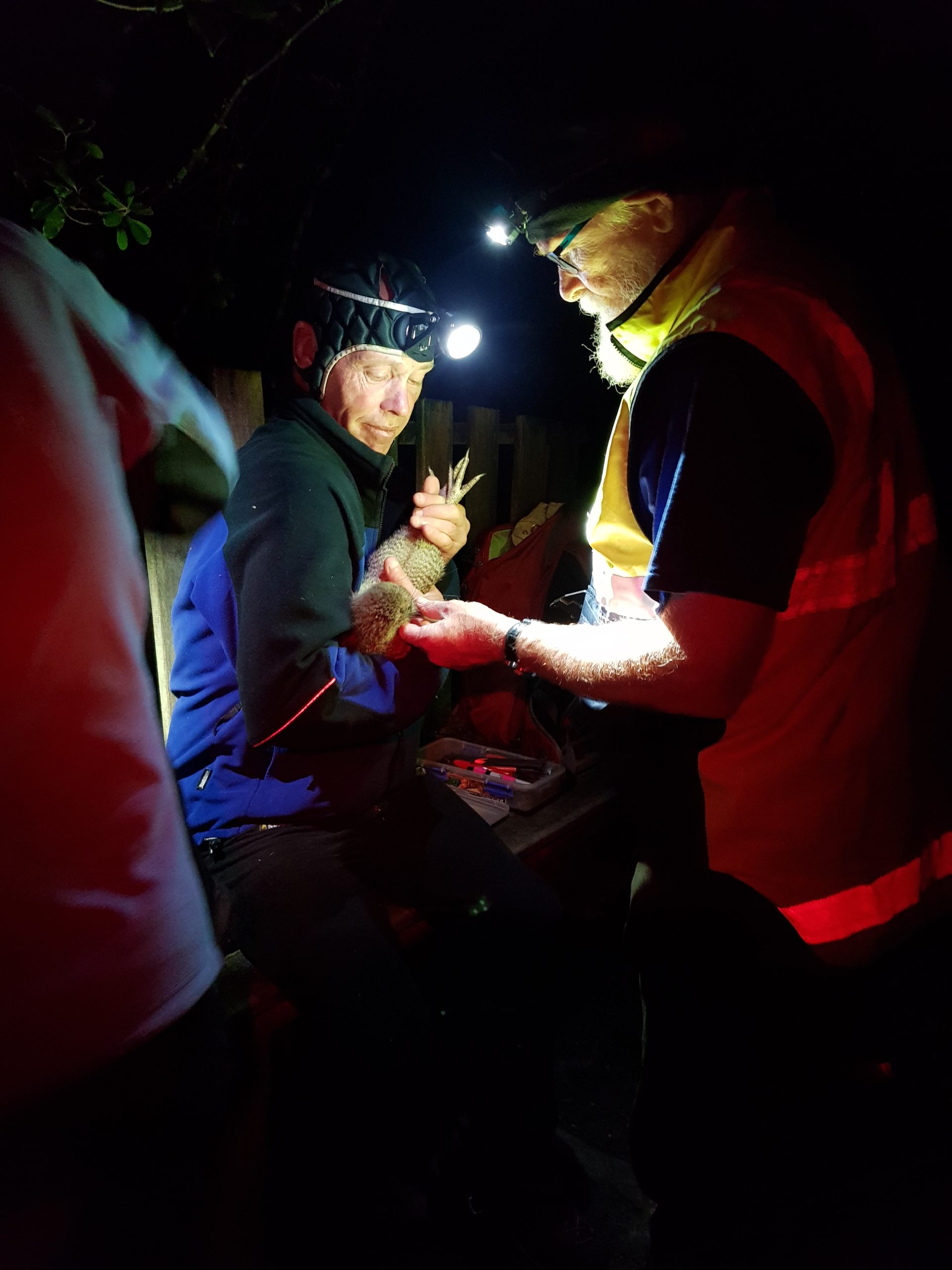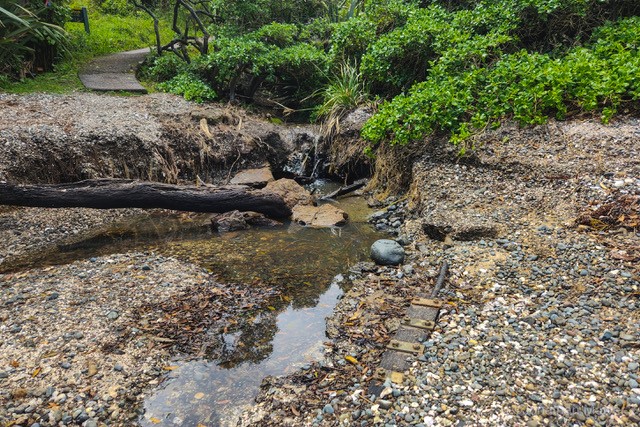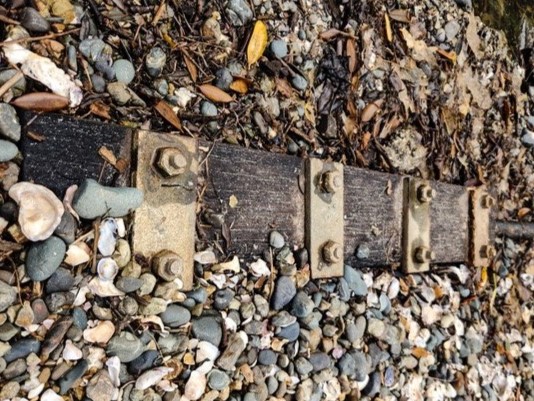Disrupted breeding season comes to an end
Disrupted breeding season comes to an endAuthor: Kathryn JonesDate:07/07/23The tīeke breeding season started with a translocation of four eggs from nest boxes to Auckland Zoo. The zoo has a permit to take a small number of tīeke from the Island to supplement the captive population.
Taking eggs and raising chicks in captivity has several advantages over moving adult birds, not least the lack of stress to the birds.
The curator of birds at the zoo, Juan Cornejo, visited the Island in October and collected fertile eggs from three boxes. At least one fertile egg was left in each so the parent birds still had the opportunity to raise a chick.
At the zoo, one of the chicks had difficulty hatching and died shortly afterwards, but the other three, a female and two males, thrived under the care of zoo staff – 18 feeds per day at first! They are now healthy juveniles and will eventually be on display in the forest aviary.
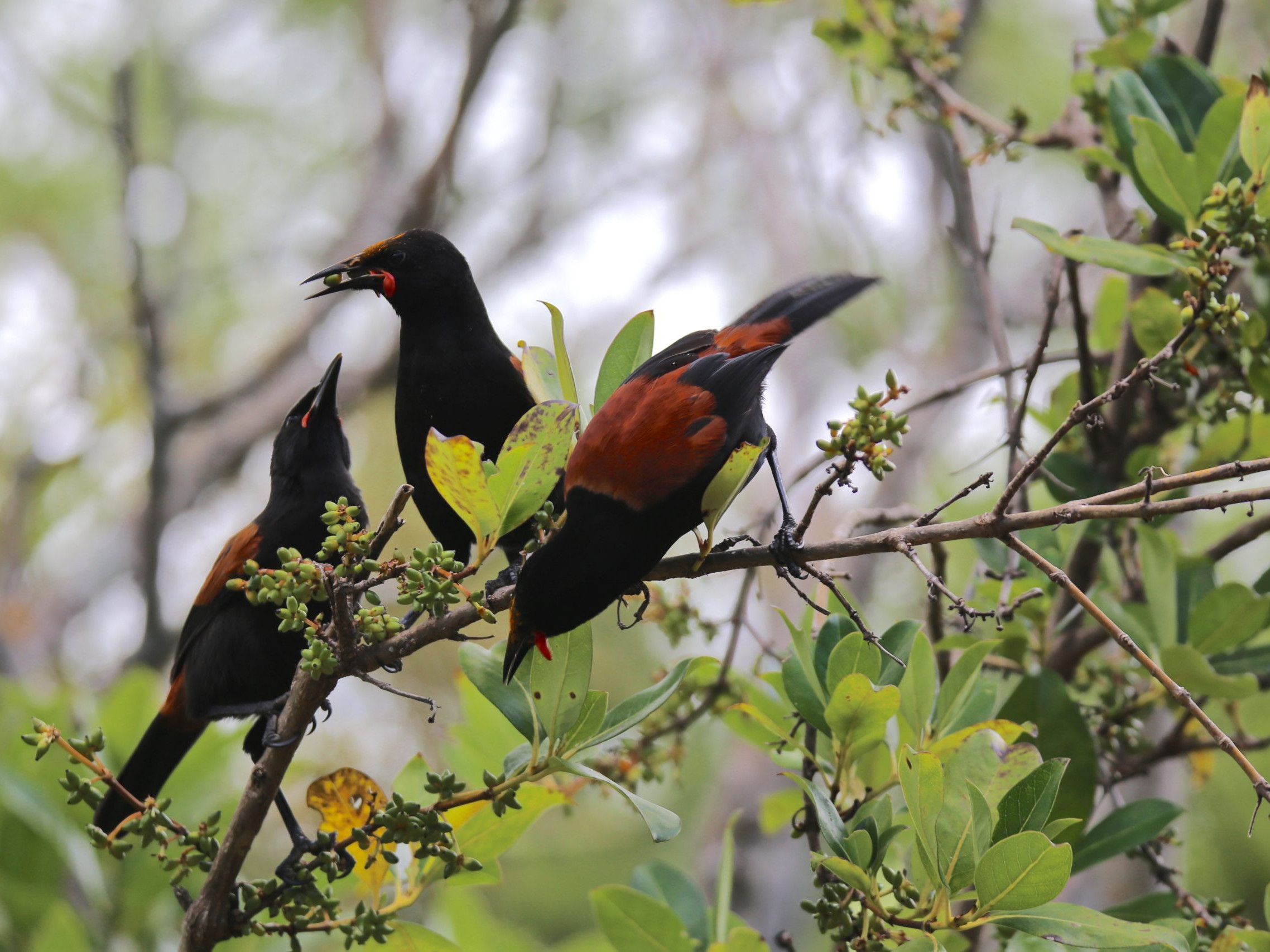
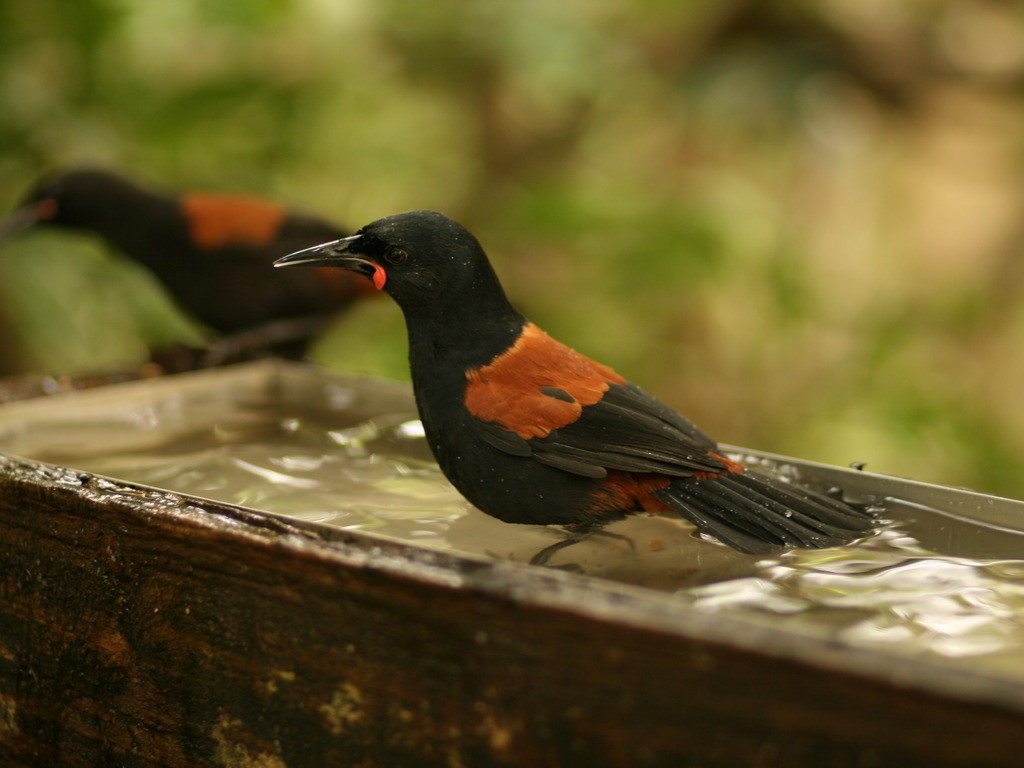
Up and out, camera ready and heading towards the sunrise kōkako calls
Up and out, camera ready and heading towards the sunrise kōkako callsAuthor: Darren MarkinDate: 21/03/23Staying overnight on Tiritiri Matangi often means an early start. Up and out, camera ready and heading towards the sunrise because kōkako calls. As always, another exciting day is ahead. I know what birds I’m likely to see but the surprise is to see them in an unexpected way. This is so true of kōkako. Will they be on the ground, low down in the bush, more than one together, feeding, calling, petting ….?? On this particular day, I had been out wandering most of the time. Once the ferry had departed, I headed for the Wattle Track and sat on my stool behind the large bench which faces the lower/ bottom water trough. Listening for the faintest of kōkako calls. All quiet to begin with. Out comes my book. Patience needed. Several chapters later, I hear them. Behind me, up in the trees, calling to each other, very quietly as they feed. Just the odd notes, but I only need one. Book down, camera, ears and eyes are now on full alert. They are now above me. Suddenly, Te Rangi Pai comes down and begins drinking at the water trough. In swoops her partner, Hemi, very quickly and he begins feeding her the small green berries. The element of surprise is there, right in front of me. Amazing. She soon hops away, along the fence and up into the trees. Hemi…
Common Stuff
Common StuffAuthor: Mike DyeDate: 22/05/23My first venture down the slope behind the Fog Horn shed brought me to a little grassy patch where my tripod could stand. Peering through the telescope it was not clear whether all the squatting red-billed gulls were on nests, but this twin-peaked rock, just south of the bay, was obviously a favoured breeding site. Weaving a heavy tripod through a tangle of flax and cabbage trees was a bit cumbersome but, on reaching the northern side of this little promontory, a large curl-shaped rock came into view with a colony of gulls dotted along its ridge line and, below me, binoculars revealed a small rocky platform crowded with busy occupants and obvious nests. I’d been invited to assess the breeding numbers of common inshore seabirds around the coastal fringe of the island. How do you view our coast from the land? So many steep bush-clad slopes and hidden gullies! Old hands will have known much of the territory but for me, it was an exciting new exploration. In that first year, I located a small colony of black-backed gulls on a handful of rocky islets just off the North-east Bay track. As I ate lunch, after counting those gulls a reef heron carrying fish flew into the bay. On landing, two juveniles came scrabbling out of the bushes to meet the parent – the only proof of its breeding in the ten years this…
Annual Kiwi Call Survey
Annual Kiwi Call SurveyAuthor: Janet PetricevichDate: 03/05/23Kiwi pukupuku/ little spotted kiwi were first introduced to Tiritiri Matangi in 1993 (10 birds) with a further 6 released in 1995. Two birds were lost early on but 14 went on to contribute to the genetic pool.
As part of the population monitoring of this translocated species, Supporters of Tiritiri Matangi first conducted a kiwi call survey in 2009 and have subsequently done so in March of every year, apart from 2012, 2015 & 2020.
During the survey, Supporters of Tiritiri Matangi volunteers are stationed at ten listening spots around the island. The survey starts twenty minutes after sunset and lasts for two hours. Listeners record the time a call is heard, the sex of the bird calling and the compass bearing and approximately distance of the call, from the listening site. The listening sites are the same from year to year and the survey takes place when there is no moon during the survey hours.
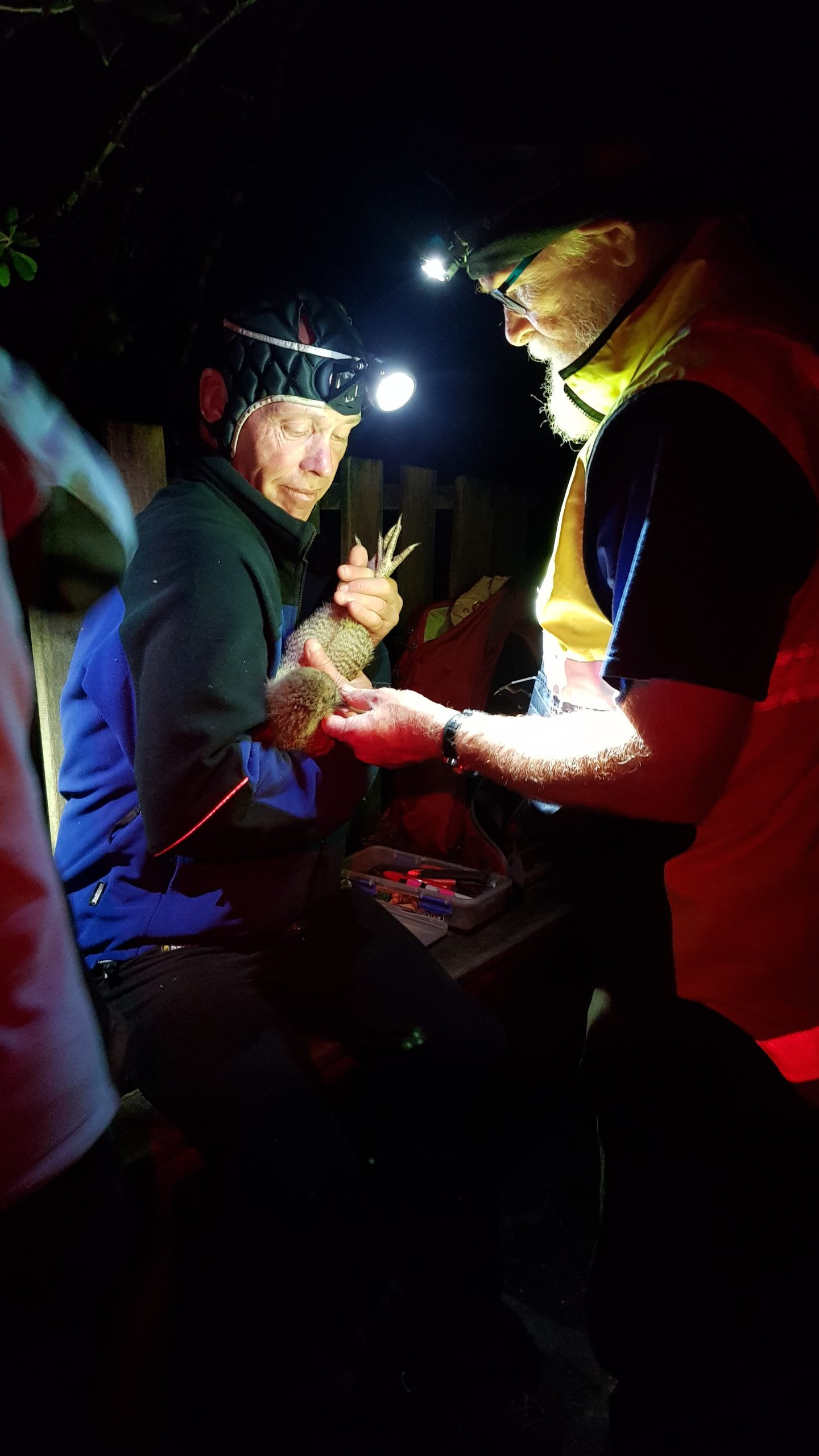
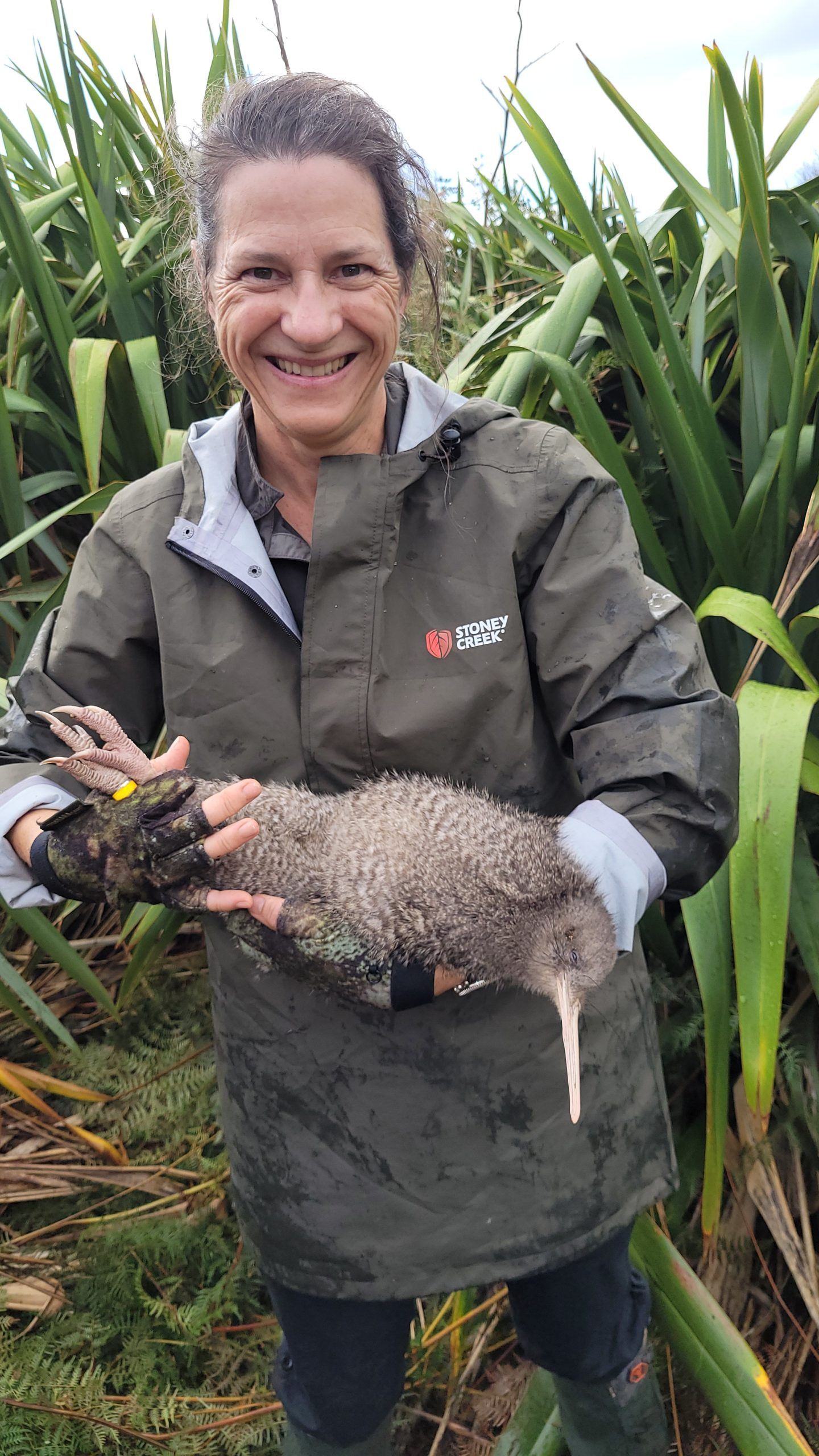
Bringing light to part of Tiritiri Matangi history
Bringing light to part of Tiritiri Matangi historyAuthor: Jonathan MowerDate: 23/04/23On January 1, 1865, the new and then richly red Tiritiri Matangi lighthouse first shone its light over the Hauraki. Although that light has been continuously operational since that day, how the light has been generated has changed many times. First lit by colza/canola oil, it changed consecutively to using paraffin, and acetylene, then to electricity first from diesel generators, then from a cable link to the national grid, then reverted back to diesel generators and ultimately to solar power with diesel generator backup as it remains today.
Cyclone Gabrielle and other weather events in February caused deep scouring to parts of the island’s coastline and in doing so brought to light part of this history when it uncovered parts of the submarine cable that in 1967, linked the island to the national grid and ended years of diesel power generation. Laid across the sea bottom, the cable stretched in a loop from Pink Beach near the end of Whangaparaoa Peninsula, across Whangaparaoa Passage to Tiritiri Matangi Island where it exited at the northern end of Hobb’s Beach and travelled inland.
